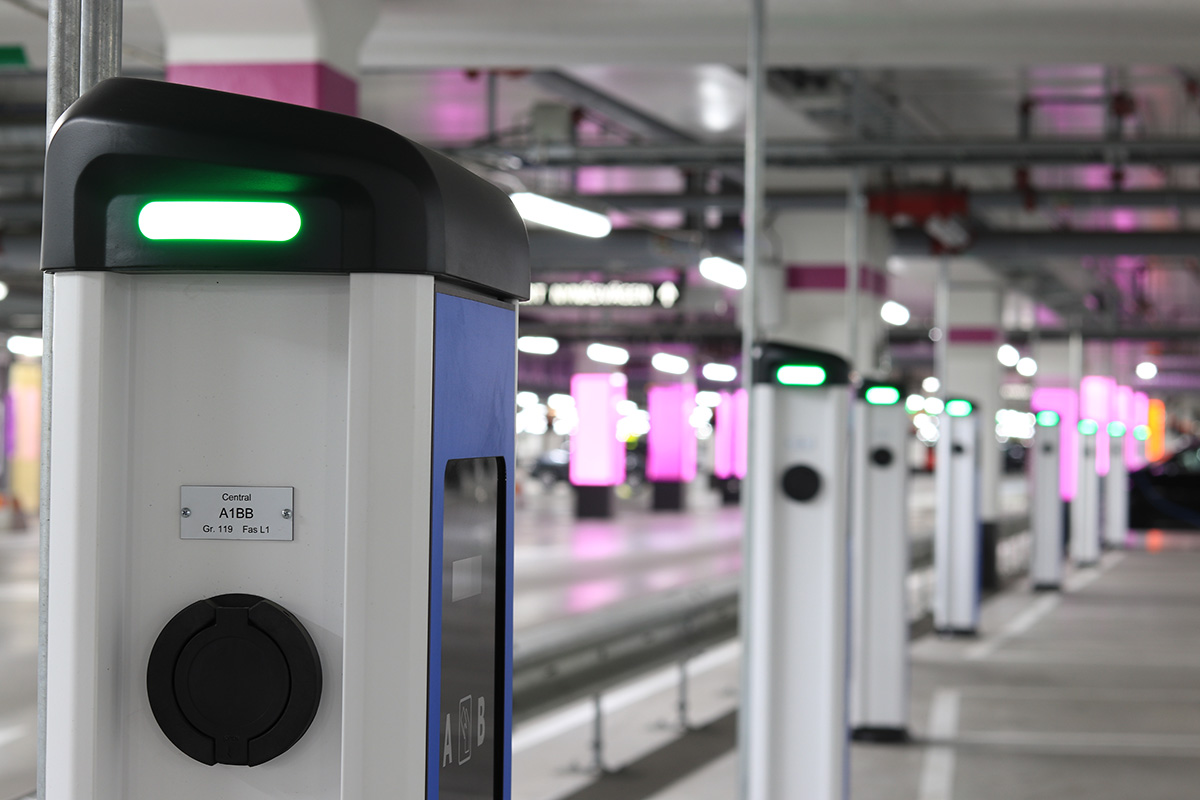brian.1
Member
- Location
- Santa Clara county
- Occupation
- retired, BSEE, multiple home remodels including 120/240V wiring, computer programmer
My 20 unit condo building is adding EV chargers for all units and I'm looking for help managing the continuous EV charging load on my condo building's transformer and service feed wires.
There are 20 units each with a 2 phase 90A at 120/208V main breaker which gives a theoretical total of 1800A at 120/208V. IIUC that would be 1039A in 3 phase.
My condo building's service was set up long before EVs and EV charging was a consideration. As was standard at the time, the service was derated so the 3 phase service feed installed was 600A at 120/208V. The 600A is peak load. IIUC A continuous load can only be 80% of that which is 480A.
The plan is to limit each EV charging circuit current to 24A at 208V. This would give a total EV charging current of 480A at 208V which is just at the continuous rating for the service transformer and feed wires. This sounds great BUT the condos still need electrical power for other things like A/C, oven, lighting, etc. We could lower the EV charging current but how much? However, people are asking for more current not less. Besides, wouldn't it be rare for all EVs to be charging at the same time?
So 2 questions:
There are 20 units each with a 2 phase 90A at 120/208V main breaker which gives a theoretical total of 1800A at 120/208V. IIUC that would be 1039A in 3 phase.
My condo building's service was set up long before EVs and EV charging was a consideration. As was standard at the time, the service was derated so the 3 phase service feed installed was 600A at 120/208V. The 600A is peak load. IIUC A continuous load can only be 80% of that which is 480A.
The plan is to limit each EV charging circuit current to 24A at 208V. This would give a total EV charging current of 480A at 208V which is just at the continuous rating for the service transformer and feed wires. This sounds great BUT the condos still need electrical power for other things like A/C, oven, lighting, etc. We could lower the EV charging current but how much? However, people are asking for more current not less. Besides, wouldn't it be rare for all EVs to be charging at the same time?
So 2 questions:
- How to detect 480A continuous, not 480A peak?
- How to disable or limit EV charging without interfering with a condo's normal power usage?




